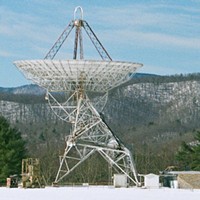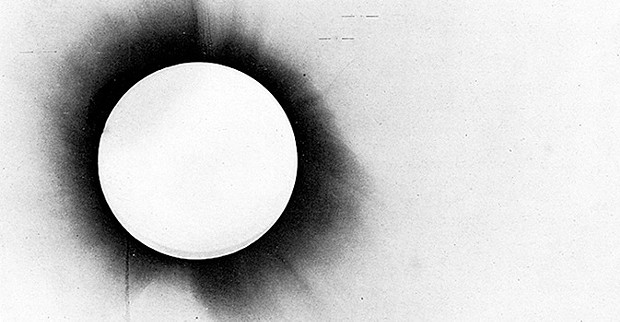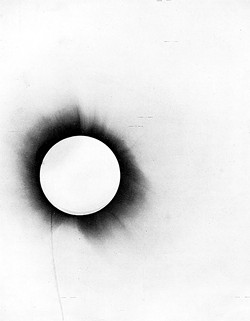[
{
"name": "Top Stories Video Pair",
"insertPoint": "7",
"component": "17087298",
"parentWrapperClass": "fdn-ads-inline-content-block",
"requiredCountToDisplay": "1"
}
]
Britain launched two expeditions to observe the total eclipse of May 29, 1919. One was from Greenwich Observatory, under the direction of the British Astronomer Royal Frank Dyson. "He was at that time very skeptical about [Einstein's] theory, though deeply interested in it; and he realized its very great importance," wrote Arthur Eddington, director of the Cambridge Observatory, which sent the second expedition. In contrast to the skeptical Dyson, Eddington was Einstein's great champion in Britain. Eddington saw the upcoming eclipse as a way not only to vindicate his trust in the man and his theory, but also (being a pacifist) an opportunity to promote postwar rapprochement of scientists from opposing sides of the conflict: British observers would test the notions of a German theorist. Coming right after the bloodiest war ever fought, this idealistic notion met with resistance in many quarters, and it's to Dyson and Eddington's credit that the expeditions happened at all.
The armistice of November 1918 ("the eleventh hour of the eleventh day of the eleventh month"), less than seven months before the eclipse, couldn't have come early enough for the two scientists. While Dyson appointed deputies to take the crucial photographs from Sobral in northern Brazil, Eddington himself led the Cambridge group to the Atlantic island of Principe, off the coast of Africa. Anyone who has ever viewed, or tried to view, a total eclipse of the sun will understand why two expeditions were sent out: The weather can make or break the occasion.
During the big event, both parties obtained photographs (actually, glass plates) of relatively bright stars whose light grazed the sun during the eclipse. Photographs, yes. Good photos, sharp photos, unambiguous photos, no. While the cloud-free Sobral site yielded 27 images of varying quality from two telescopes, Principe's one telescope delivered just two usable shots out of a total of 16, due to cloud cover. The job was far from over. In order to "weigh light" and settle the Newton vs. Einstein debate, experts in Greenwich and Cambridge compared the eclipse results with reference photos of the same star fields at night (when their light wasn't deflected by the sun's mass). This turned out to be enormously complicated due to (1) the microscopic differences in star positions between the eclipse and reference plates; (2) overexposure of many of the Sobral plates, resulting in stars appearing as blobs rather than sharp pinpoints; (3) focusing problems with one of the Sobral instruments due to the temperature drop during the eclipse; and (4) the difficulty of obtaining valid reference plates.
Cutting to the chase, The Times of London headline for Nov. 7, 1919, read: "Revolution in Science: New Theory of the Universe: Newtonian Ideas Overthrown." That neatly sums up the take-home lesson from the eclipse expeditions. Einstein was vindicated, the measured deflection agreeing with his prediction of 1.76 seconds of arc. Newton's gravity was passé. What wasn't discussed much at the time — at least publicly — is that data from one of the three sets of observations (two from Sobral, one from Principe) were eliminated from consideration. And that this dataset supported the Newtonian picture of gravity.
At the time, few quibbled with the publicized results, and for 60 years that's more or less how things stood: Eddington and Dyson's expeditions had confirmed Einstein's theory of General Relativity.
Next week: Did Eddington fudge the results by tossing out that one dataset?
Barry Evans ([email protected]) noticed he began to salivate after typing the word "fudge."
Speaking of...
-

Huffman Looks to Abolish U.S. Space Force
Sep 22, 2021 -

HSU Expanding Curriculum with Polytechnic Push
Jun 15, 2021 -

ET, Please Phone
Aug 27, 2020 - More »
more from the author
-
Doubting Shakespeare, Part 2: Problems
- May 2, 2024
-
Doubting Shakespeare, Part 1: Stratfordians vs. anti-Stratfordians
- Apr 25, 2024
-
A Brief History of Dildos
- Apr 11, 2024
- More »
Latest in Field Notes
Readers also liked…
-
Trouble on the Line: The Reality Part 2
- Nov 3, 2022


































